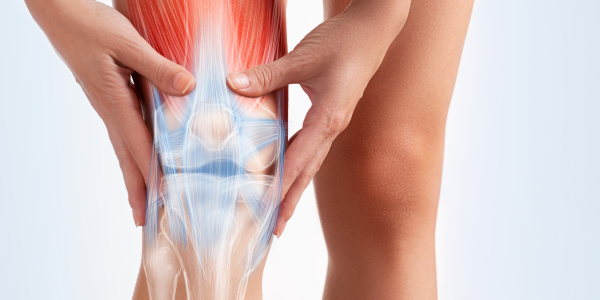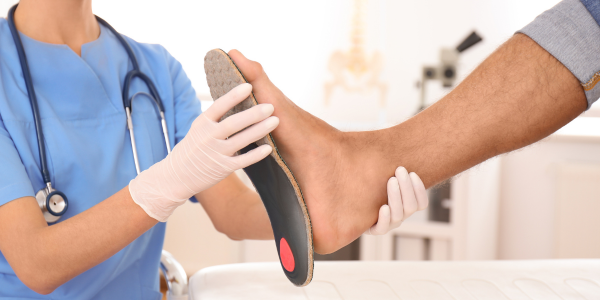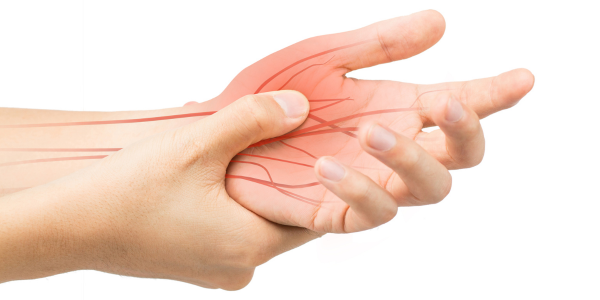What Is the Most Popular Type of Physical Therapy?
Physical therapy (PT) is a cornerstone of modern healthcare, aiding individuals in recovering from injuries, managing chronic conditions, and enhancing overall mobility. Among the various specialties within PT, orthopedic physical therapy stands out as the most prevalent and widely recognized.
Understanding Orthopedic Physical Therapy
Orthopedic physical therapy focuses on diagnosing, managing, and treating musculoskeletal disorders. These include conditions affecting bones, muscles, ligaments, tendons, and joints. Common issues addressed in orthopedic PT encompass:
- Fractures and dislocations
- Sprains and strains
- Arthritis and joint pain
- Post-surgical rehabilitation
- Sports-related injuries
The primary goal of orthopedic PT is to alleviate pain, restore function, and prevent future injuries through tailored exercise programs, manual therapy, and patient education.
Why Orthopedic Physical Therapy Is So Popular
Several factors contribute to the widespread use of orthopedic physical therapy:
1. Prevalence of Musculoskeletal Issues
Musculoskeletal disorders are among the leading causes of disability worldwide. Conditions like back pain, arthritis, and sports injuries are common across all age groups, making orthopedic PT essential for a significant portion of the population.
2. Effectiveness in Pain Management
Orthopedic PT offers a non-invasive alternative to pain management. Techniques such as therapeutic exercises, manual therapy, and modalities like heat and cold therapy help reduce pain and inflammation without the need for medications.
3. Post-Surgical Rehabilitation
After surgeries like joint replacements or ligament repairs, orthopedic PT is crucial for restoring movement and strength. It aids in reducing recovery time and improving outcomes, allowing individuals to return to their daily activities more quickly.
4. Preventative Care
Orthopedic PT isn’t just for recovery; it’s also preventive. By addressing movement patterns and strengthening muscles, PT helps prevent injuries, especially in athletes and active individuals.
Other Common Types of Physical Therapy
While orthopedic PT is the most prevalent, other specialties cater to specific needs:
- Neurological Physical Therapy: Focuses on conditions affecting the nervous system, such as stroke, Parkinson’s disease, and multiple sclerosis.
- Geriatric Physical Therapy: Addresses age-related issues like balance disorders, arthritis, and osteoporosis in older adults.
- Pediatric Physical Therapy: Targets developmental issues, congenital disabilities, and injuries in children.
- Sports Physical Therapy: Specializes in treating sports-related injuries and enhancing athletic performance.
- Cardiopulmonary Physical Therapy: Assists individuals recovering from heart or lung conditions, focusing on improving endurance and functional capacity.
Choosing the Right Physical Therapy
Selecting the appropriate type of physical therapy depends on your specific condition and goals. For musculoskeletal issues, orthopedic PT is typically the first line of treatment. However, if you have neurological or age-related concerns, other specialties may be more suitable.
It’s essential to consult with a healthcare provider or a licensed physical therapist to determine the best course of action tailored to your needs.
Conclusion
Orthopedic physical therapy remains the most popular and widely utilized form of PT due to its effectiveness in treating a broad range of musculoskeletal conditions. Its role in pain management, rehabilitation, and injury prevention makes it a cornerstone of physical therapy practices globally.
If you’re experiencing musculoskeletal pain or recovering from an injury, consider seeking the expertise of an orthopedic physical therapist to guide you on the path to recovery.











